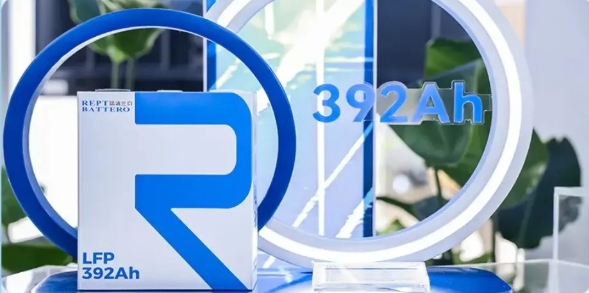A limited supply of raw materials along with performance and safety issues mean lithium-ion batteries are struggling to meet global demands for cheap energy storage. One alternative is calcium batteries. Compared to monovalent lithium ions, multivalent ions such as calcium can deliver two or three times as many electrons per ion between electrodes, thus offering a higher capacity than can be achieved with lithium, and sodium, equivalents. Unlike sodium and lithium, metallic anodes of multivalent species are also potentially useable, which would permit significantly increased energy densities in such batteries. However, a lack of suitable electrolytes is impeding this young field of research.
‘So far it has been very difficult to strip and plate calcium from a calcium metal anode,’ says Maximilian Fichtner, from the Helmholtz Institute Ulm in Germany, who led the work. ‘The challenge has been to find a system that can reversibly take-up and release calcium.’ Previous calcium battery electrolytes suffered numerous technical hindrances, including high operating temperatures, poor stability, and poor anodic stability, which leads to passivating films forming on the calcium anode surface.
Inspired by their recent work on magnesium batteries,2 Fichtner’s group used a simple one-step synthesis of commercially available precursors to produce calcium tetrakis(hexafluoroisopropyloxy) borate – an electrolyte that does not suffer similar drawbacks. ‘The anion is very large and interacts weakly with the cation, therefore the activity of the ion is high, and we find ionic conductivities similar to those in lithium-ion batteries,’ he says. ‘Another good thing is the anion is surrounded by fluoride groups, and this opens up its stability window.’
‘The advantage of this salt is that there are not many that can be dissolved in conventional solvents,’ comments Alexandre Ponrouch, a solid-state chemist researching calcium batteries at the Institute of Materials Science of Barcelona, Spain. Fichtner also highlights these advantages: ‘Many other salts are only soluble to a small extent, and then only in certain solvents such as THF [tetrahydrofuran] … THF has a boiling point of 65°C, so you do not want to have that in a battery.’
‘The synthesis is also not that complex, so should be easy to implement in the lab,’ says Ponrouch.
Crucially, obtaining viable calcium electrolytes will enable researchers to explore different cathode materials, and establish some benchmarks in an area where that has not yet been possible. As Fichtner explains: ‘It is quite difficult if you work on these new types of batteries. If you work on lithium-ion batteries, it’s a well-developed system – if you want to do something to the electrolyte you take a standard anode, a standard cathode, and you test it … if you start from scratch, there is nothing.’
The new electrolyte thus widens two avenues of calcium battery research: one pursuing a fundamental understanding of how the electrolytes work and which chemical features make them suitable, and another focused on testing new calcium battery electrode materials. ‘This electrolyte is also non-nucleophilic, so it can work with sulfur cathodes,’ says Fichtner, which he explains would avoid the use of less abundant electrode materials, such as cobalt.
With plenty left to understand of calcium battery chemistry, a host of testing standards to be decided and engineering challenges to be overcome, there is still some distance to go before the potential of calcium batteries is fully realised. However, as Ponrouch emphasises: ‘A new calcium salt in the family is definitely encouraging, and promising for future work.’







